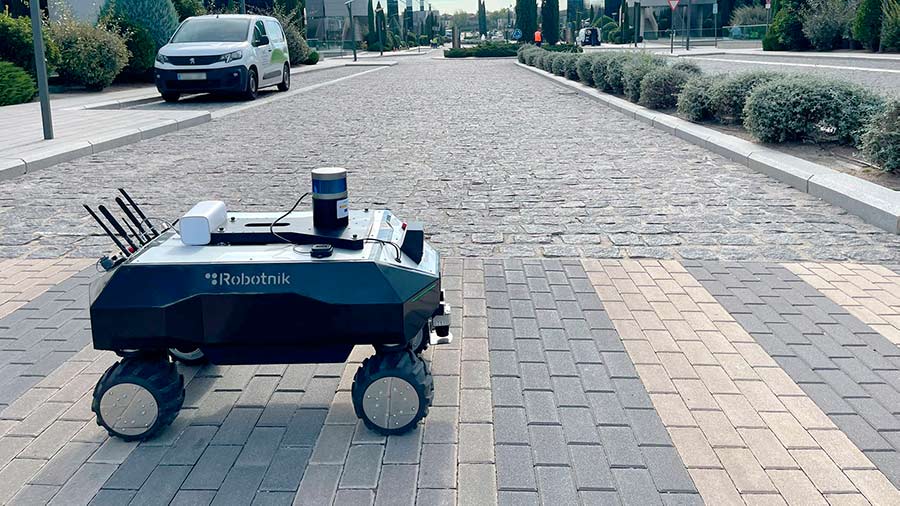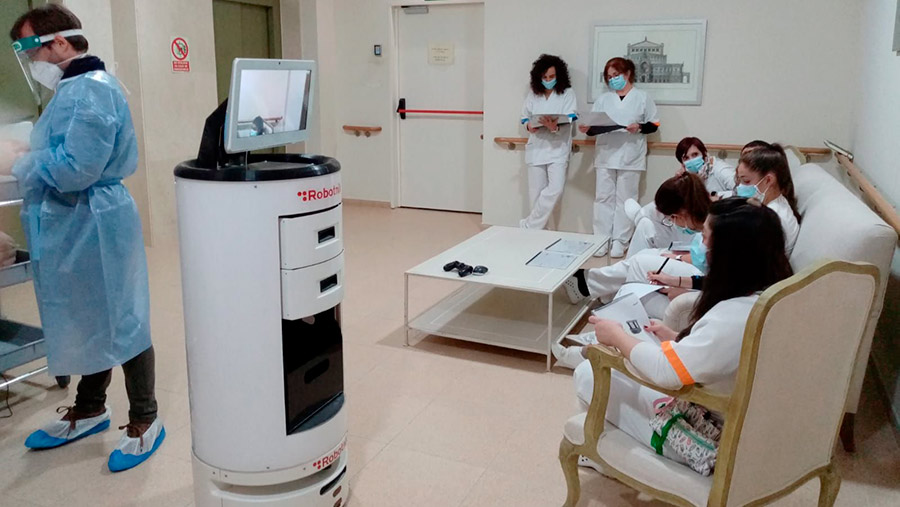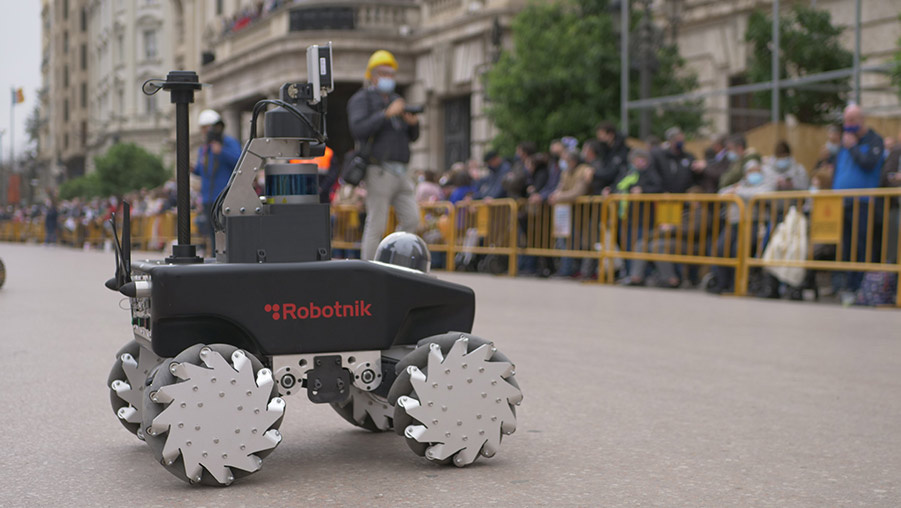Bringing together the concepts of robotics and Artificial Intelligence, the first image that comes to mind is that of the humanoids of so many films and books. But beyond the Hollywood, AI is a revolution for the industry.
AI is changing the way almost everything is done in almost every sector. From the film industry or finance to e-commerce and manufacturing processes.
What are its limits, what is its stage of development and what is the relationship between robotics and artificial intelligence?
Although there is still some way to go, the applications of Artificial Intelligence in robotics has already passed the pilot phase and is at a relatively solid point of maturity. In other words, this technology is expected to experience a peak in the coming years.
Applying Artificial Intelligence in robotics
Artificial intelligence is one thing, robotics is another, and the use of artificial intelligence in robotics is another. But, a mobile robot with artificial intelligence is another.
AI is one of the technologies that has given mobile robotics and automation the biggest boost. It is about an AMR being able to make efficient and flexible decisions in real time.
Artificial intelligence applied to robotics offers a new way for robots (software) to execute commands or tasks given to them.
AI software is not the same as a computer programme or application. With a program, the robot does not think for itself, but carries out certain commands by combining a set of instructions that have been previously defined.
Introduction to AI robotics. How does an AI robot work?
When a robot integrates AI algorithms, it does not need to receive orders to make a decision, but is able to work on its own after a ‘training’ or trial-and-error phase. Thanks to Machine Learning, the robot is able to learn, solve, understand, reason or react optically.
Most robots are not intelligent, but in 2022, companies are no longer just looking to automate certain processes, but are also looking for intelligent automation. In many cases, a robot capable of carrying weight is no longer enough: there is a clear trend towards mobile, autonomous robots capable of intelligently collecting, processing and managing data, and making the best decisions in terms of manufacturing or production.
Certainly, this explains the increase of use of artificial intelligence in robotics: AMRs working in new environments such as construction or medicine, and performing new tasks such as inspection, maintenance or rescue.
Example application of Artificial Intelligence in robotics
The benefits of the marriage of artificial intelligence and robots for industrial applications are already being seen in many factories.
A warehouse is a dynamic, changing space. Robotnik’s mobile robots and manipulators, by integrating AI algorithms, are able to navigate autonomously and make decisions in real time, adapting to unforeseen events.
The AMR has automated learning, ‘pre-trained’ to acquire knowledge and patterns that allow it to predict and recalculate functions, tasks or routes.
Robotics, Artificial Intelligence and SMEs
It is a fact that large corporations are already investing in robotics and Artificial Intelligence. But what is the situation of SMEs in relation to this technology?
Medium-sized factories and industries are using artificial intelligence mainly to manage the supply chain, to optimise certain manufacturing processes, to integrate predictive maintenance or to streamline inventory.
However, there are still challenges to overcome in this regard. One of the main problems is undoubtedly that integrating AI into industry requires specialised personnel. There is still a gap between the specialised AI community and the working personnel in the industry.
Robotnik is involved in several R&D projects related to robotics and Artificial Intelligence that work to bridge this gap and bring profiles together, so that SMEs can also benefit from this technology, without the need to have specialised personnel on staff. For instance, INMERBOT, a project that combines AI and multi-robotic systems for inspection and maintenance applications in immersive environments.
Decentralised AI
AI requires a complicated architecture. Therefore, devices with adequate computing power are required.
This has brought a natural process of transition towards decentralised models for many emerging technologies such as Artificial Intelligence.
This is AI running on a local device, blockchain networks or Kubernetes, so that the processing of data and resources is more agile, faster and more secure.
The importance of decentralised AI systems lies in the increased protection of data and bandwidth.
In conclusion, decentralised AI has great potential in terms of the autonomy of AMRs and the improvements this implies for production in an automated logistics environment.
Artificial Intelligence is far from being at its peak, but the joint work between the academic, engineering and business sectors means that the state-of-the-art of this technology is advancing rapidly.
You can contact the Robotnik team to find out what mobile robotics with Artificial Intelligence can do for your business.




